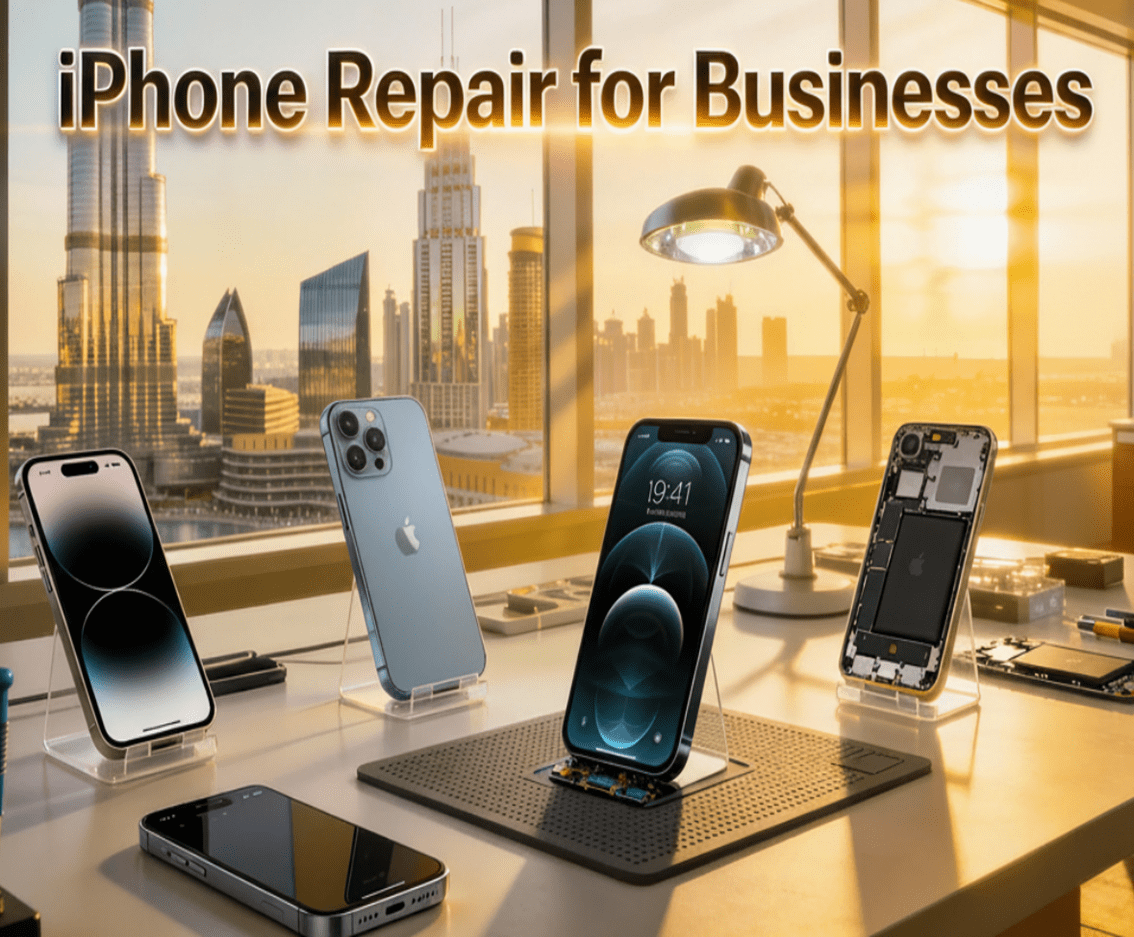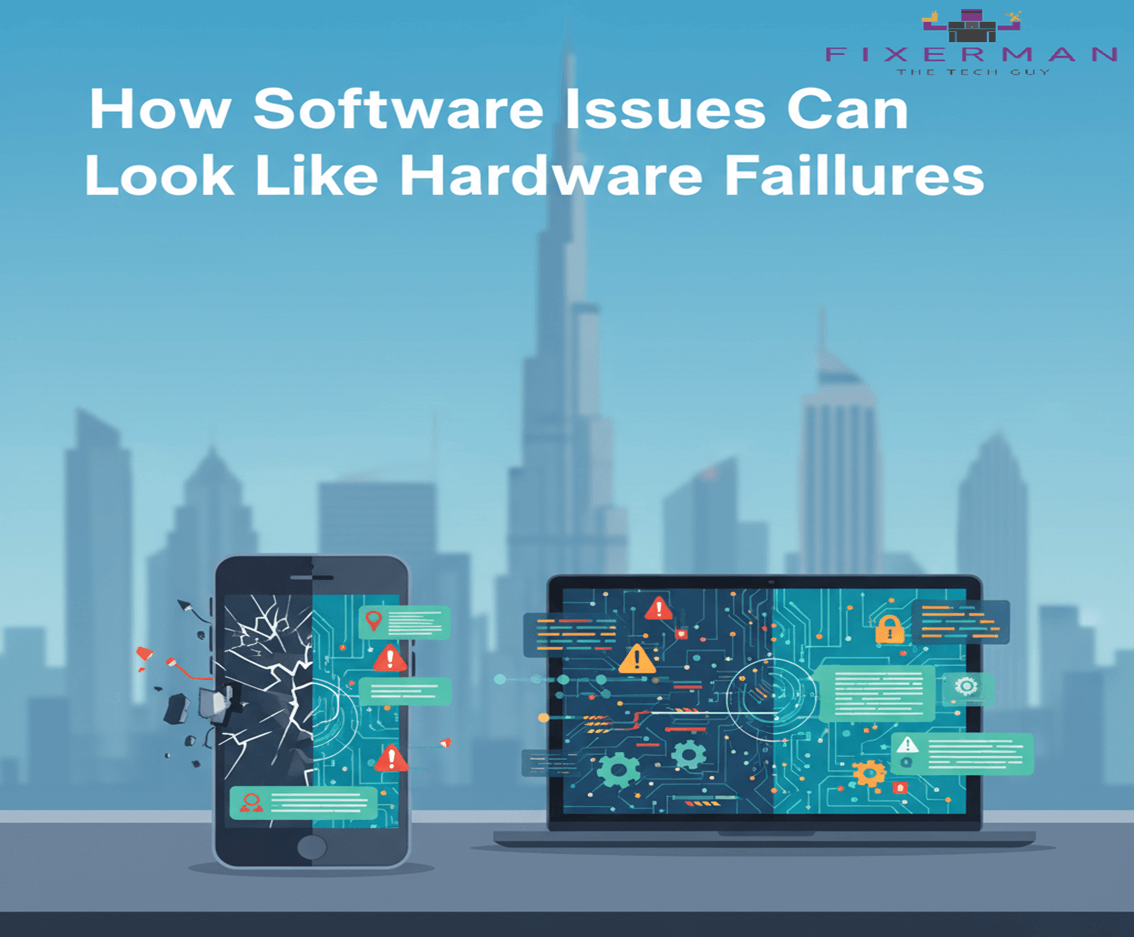In the fast-paced world of today, having a trustworthy gadget is key. Apple products are a preferred choice for several users due to durability and efficiency. However, like every other electronic device, one cannot expect an iPhone, MacBook, iPad, or any Apple gadget to remain invulnerable to damage or defects. Once your device is damaged, two main options for repair await you: AppleCare (Apple’s authorized repair service) or third-party repair shops.
But which one do you choose? Both paths have benefits and drawbacks, and which option works best for you would depend on price, convenience, and warranty issues. In this post, we will investigate the major differences between AppleCare and third-party repair services so that you can make an informed decision.
What is AppleCare?
AppleCare is an official warranty and support service by Apple, containing AppleCare Limited Warranty and AppleCare Plus. Every new Apple device is normally supplied with a one-year limited warranty and 90 days of free technical support. If further coverage is desired, AppleCare+, which adds additional warranty protection alongside coverage for accidental damage for a further period, can be obtained.
Pros of AppleCare
1. Guaranteed Genuine Parts. Apple uses certified original parts only for repairs to ensure the best performance.
2. Highly Trained Technicians. Devices are repaired by certified Apple technicians, reducing the chance of incidental damage.
3. Extended Warranty. AppleCare+ gives you coverage that exceeds the one-year limited warranty.
4. Accidental Damage Protection. Accidental damage coverage for repairs like screen cracks and liquid spills is provided at a reduced cost through AppleCare.
5. Software and Hardware Support. Access to Apple’s customer support for troubleshooting software and hardware problems.
6. Convenience and Coverage. Repair work can be done at an Apple Store, by mail-in service, or by Apple-authorized service providers.
Cons of AppleCare
1. Higher Cost. AppleCare+ is a burden on your finances, whereas out-of-warranty Apple repairs can also cost you an arm and a leg.
2. Limited to a Certain Number of Repairs. AppleCare+ covers two accidental damage incidents per year at a discount.
3. Longer Wait Times. Appointments at Apple stores get long waits, especially in busy locations.
Third-party repair would essentially encompass any repair shops or technicians not thereby indirectly or directly affiliated with Apple. These independent repair providers sometimes will offer anything from as little as a screen replacement to fixing a battery for relatively cheaper prices.
Pros of Third-Party Repair
1. Lower Cost. Third-party low-cost repairs can often be cheaper than Apple’s, repair services.
2. Faster Services. Quick repairs, including same-day or walk-in repairs, are often found in many third-party repair stores.
3. More Options for Repair. Unlike Apple, who might suggest a complete device replacement, third-party repair shops fix specific components, like charging ports, buttons, minor water damage, etc.
4. Availability – Third-party repair shops are widely available and may be closer to your location than an Apple Store.
5. No Service Restrictions – Some repair shops may offer services for older Apple devices that Apple no longer supports.
Cons of Third-Party Repair
1. Risk of Non-Genuine Parts – Many third-party repair shops use aftermarket parts, which might not function as well as Apple’s original components.
2. Potential Warranty Void – If your Apple device is still under warranty, getting repairs from an unauthorized third party may void your warranty.
3. Unqualified Technicians – Not all third-party repair shops have certified technicians, which could lead to further damage.
4. Limited Software Support – Unlike AppleCare, third-party shops typically do not offer software troubleshooting services.
Key Factors to Consider When Choosing a Repair Option
1. Cost
If budget is a major concern, a third-party repair shop might be the better option. Apple repairs, especially out of warranty, can be costly. For example, replacing an iPhone screen through Apple might cost over $200, while a third-party repair shop could do it for around $100.
2. Warranty Coverage
If your device is still under Apple’s warranty or AppleCare+, it’s usually best to stick with Apple-certified repairs. Using third-party repair services can void your warranty, making future Apple repairs more expensive.
3. Quality of Repair Parts
Apple uses genuine parts that are optimized for performance and durability. Some third-party shops use high-quality aftermarket parts, but others may use lower-quality components, which could affect your device’s functionality.
4. Speed of Service
If you need a quick fix, third-party repair shops are often faster. Apple Stores may require an appointment, and some repairs can take a few days. Many third-party shops offer same-day services for common issues like screen replacements and battery swaps.
5. Type of Damage
AppleCare+ is ideal for accidental damage, as it covers incidents like screen cracks or water damage at a lower cost. Third-party repair shops, however, may be better for specific hardware repairs not covered by AppleCare+, such as a damaged charging port or speaker issues.
6. Device Age
If your Apple device is older and no longer covered by AppleCare+, third-party repair might be a more economical choice. Apple tends to discontinue repairs for older models, but independent shops may still offer support.
Final Verdict: Which One Should You Choose?
The decision between AppleCare and third-party repair ultimately depends on your budget, warranty status, repair needs, and how much you prioritize genuine Apple parts.
• Choose AppleCare if:
Your device is still under warranty or covered by AppleCare+.
You want certified, high-quality repairs with original Apple parts.
You need accidental damage protection at a discounted rate.
You prefer the security of Apple’s official services.
• Choose a Third-Party Repair if:
You want a cheaper repair option, especially for out-of-warranty devices.
You need a quick fix without waiting for an Apple Store appointment.
Your device is older and no longer supported by Apple.
You are okay with high-quality aftermarket parts.
Conclusion
Both AppleCare and third-party repair services have their own advantages and drawbacks. AppleCare ensures high-quality service, genuine parts, and warranty protection, but it comes at a higher cost and may involve longer wait times. On the other hand, third-party repair shops offer more affordable and often faster repairs but may come with risks regarding part quality and warranty implications.
Before making a decision, assess your repair needs, budget, and warranty status. If your device is still under Apple’s coverage, sticking with AppleCare might be the safer choice. However, if you’re looking for a more budget-friendly and quick solution, a reputable third-party repair shop could be a great alternative.











